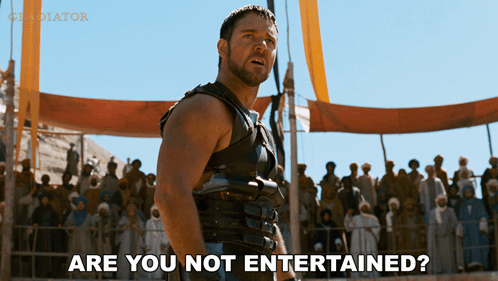<3 Crank Windows
Active Member
- Thread starter
- #1
SUMMARY (via AI)
Comprehensive Expanded Summary
- 🛠 Recar to Slate: A Startup’s Unconventional Launchpad
The company now known as Slate began as Recar, incubating in a borrowed space within the speaker’s own factory. This symbolic origin underscores how community and mentorship can foster innovation. Unlike most EV startups funded by billions, Slate began almost from scratch—with a team of auto veterans and sheer grit.
- ⚡ Blitz-Scaling the EV Development Cycle
In an industry where vehicle development typically takes half a decade or more, Slate moved from inception to crash-tested, production-ready model in just over two years. It earned a five-star safety rating (including Sorb testing), mapped out cost structures, and finalized a factory in Indiana—all on a modest budget. The speaker marvels at this pace, framing it as a modern echo of America’s WWII industrial feats.
- 🪓 Radical Minimalism: How to Profit from a $20K EV
Slate's model is the antithesis of Tesla or Rivian. Rather than starting at the high-end to offset costs, they launched with a $20,000 utility EV. The path to profitability required stripping the vehicle down to its core—removing every non-essential system and designing for simplicity and adaptability. This extreme cost discipline is the only way to make money at that price point.
- 🔧 Innovation in Manufacturing: Tailor-Welded Blanks and Functional Modularity
Slate’s manufacturing approach reflects high-efficiency thinking. Tailor-welded blanks allow multiple thicknesses of steel to be joined before stamping—saving material and reducing scrap. Additionally, the vehicle’s modular design lets it convert from a truck to an SUV in 75 minutes using wrap panels, a feature unmatched by other automakers. It’s smart, frugal engineering at its best.
- 🧑🏫 Veteran Leadership with Vision, Not Ego
The team includes former engineers from Chrysler, GM, Ford, Honda, and Toyota. Eric Kyper, founder and lead engineer, is particularly praised for his talent and humility. Despite being courted by other firms, he chose to build Slate independently, valuing freedom and the creative process over corporate prestige. This type of leadership, the speaker argues, is what differentiates real innovators from corporate climbers.
- 📈 An Auto Reveal That Let the Product Speak
At Slate’s launch event, the trucks themselves were the stars—rolling out one after another without theatrics. Unlike traditional reveals, which feature models, speeches, and scripted demos, this event felt authentic. The emphasis was on substance over flash, earning genuine excitement and respect from the speaker and attendees.
- 📚 Strategic Warfare in Business: From Sun Tzu to Christensen
Slate’s market entry is guided by military and business theory. Drawing from The Art of War, they “attack where the enemy is not”—building a class of vehicle no other EV startup has pursued. Christensen’s The Innovator’s Dilemma also looms large, suggesting that true disruption begins at the bottom, not the top. Slate’s model echoes how Japanese and Korean automakers once entered the U.S. market with inexpensive compacts before dominating entire segments.
- 🧨 The Demise of Giants: GM as a Modern Parable
In 1960, GM held over 60% of the U.S. market. Today, that share is around 12–13%. The speaker blames this collapse not on competition, but internal decay: MBAs chasing bonuses, executives avoiding risk, and a loss of product passion. He warns that without radical cultural reform, other legacy automakers will meet the same fate.
- 🧪 Tesla’s Forced Innovation as Blueprint for Slate
Tesla succeeded partly because traditional suppliers refused to work with them. As a result, they were “forced” into vertical integration—designing their own seats, HVAC systems, and production tooling. These hardships became strengths. The speaker believes Slate is walking a similar path, by necessity, and that this will ultimately give it a competitive edge.
- ❤ Cultural DNA: Builders, Not Bureaucrats
What truly defines Slate, according to the speaker, isn’t just strategy or technology—it’s culture. The team is composed of people driven by craftsmanship and challenge, not title or salary. These are inventors and builders who care deeply about their work. And in today’s corporate landscape, that ethos is rare and deeply powerful.

